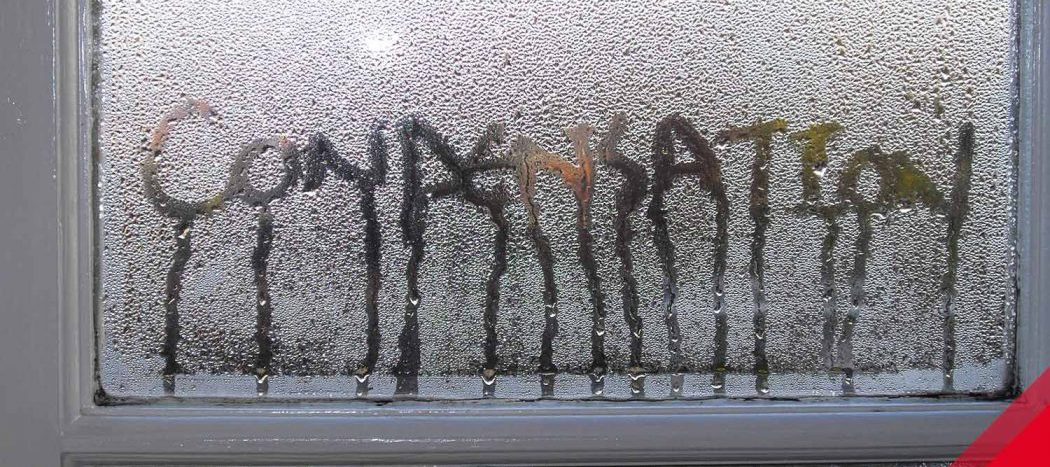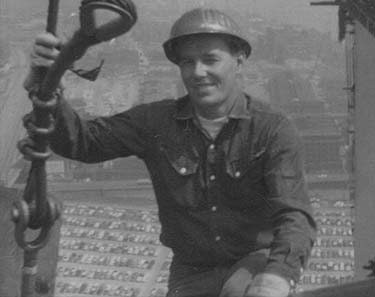Water Has To Be The Worst Enemy For A Building
Water corrodes steel. It rots wood. It can infiltrate concrete and freeze inside, cracking the structure. One of the main tasks a building must accomplish is keeping water from weakening the materials that support it.
A well-built metal building system can seal out rain-water and snow melt, but exterior moisture is only half the job. Water vapor is always present, outside and inside the building, in the air. The “relative humidity” varies considerably from location to location, from day to day, and even from day to night. Problems can occur if water vapor condenses into liquid water inside a wall.
How much of a problem is it? That depends on the climate.
Water vapor condenses when it comes in contact with something that is colder than the surrounding air temperature. You’ve seen it when exhaling moisture into the cold air of a winter day. If humid air touches a surface that is significantly colder, like a window, liquid water droplets form on the surface. The exact temperature necessary depends on how humid the air is. In a dry environment with only 30% humidity, room temperature air (68ºF) will only condense if it contacts something 35ºF or less, almost freezing temperature. In a very humid environment with 85% humidity, a surface just 5 degrees colder at 63ºF is enough to cause condensation.
Obviously, in humid places, condensation is a problem for all types of buildings, with wood-frame buildings being probably the most vulnerable. One solution is a vapor barrier, placed on the interior side of the wall, to minimize infiltration of humid air into the wall assembly. This is a thin sheet of plastic applied behind the interior wall finish. The vapor barrier must be sufficiently impermeable for the conditions in the building. It must be installed properly, without tears or penetrations that compromise its air-tightness.
Condensation problems can also be minimized or avoided by insulation design, putting insulation to the outside of the structural wall. The structural elements are thermally isolated from the exterior temperature, so they stay close to the interior temperature, minimizing condensation. This arrangement also conserves heating and cooling energy, because it prevents thermal leaks. It has been adopted for many types of buildings in the form of codes mandating continuous insulation.

Metal buildings offer a very easy way to accomplish this. Star Buildings’ insulated metal panels are an ideal continuous insulation system. There are numerous appearance choices available, but they all have certain performance properties in common. The panels are constructed of a layer of high-performance foam insulation, sandwiched between two sheets of weather-coated steel. Steel at the edges of the panel is formed into an interlocking design that allows the panels to seal to each other, so the system qualifies as continuous insulation.
When the panels are properly installed and joined edge-to-edge, they form a system that effectively prevents all three modes of heat transfer. The interlocking edges seal the system against infiltration of moisture and air (convection). There is a thermal break between the interior and exterior metal faces that prevents heat conducting from metal to metal, and the foam allows very little conduction because it is mostly empty space. The foam layer also reflects away radiant heat.
This design is effective at minimizing condensation problems. The interface between warm and cold takes place in a sealed, dry location where there is no water vapor to condense: inside the panel. The interior facing remains near the temperature of the room, and the exterior facing remains near the ambient exterior temperature, avoiding condensation on either side.


